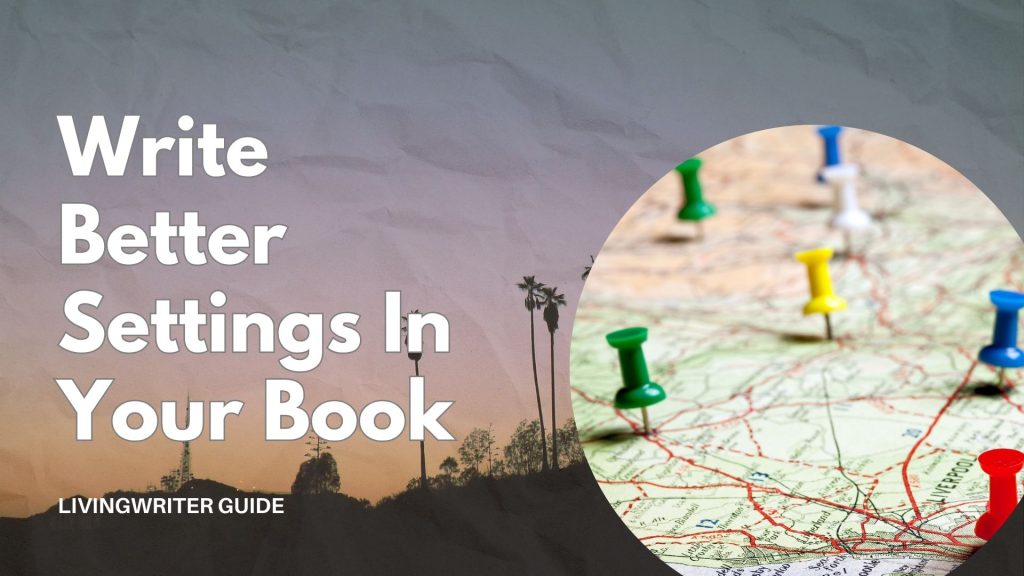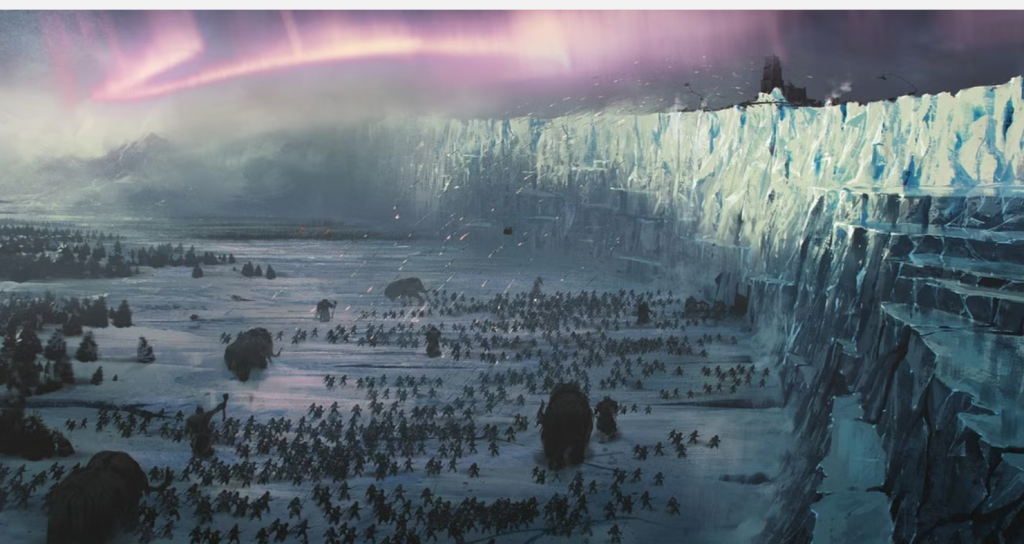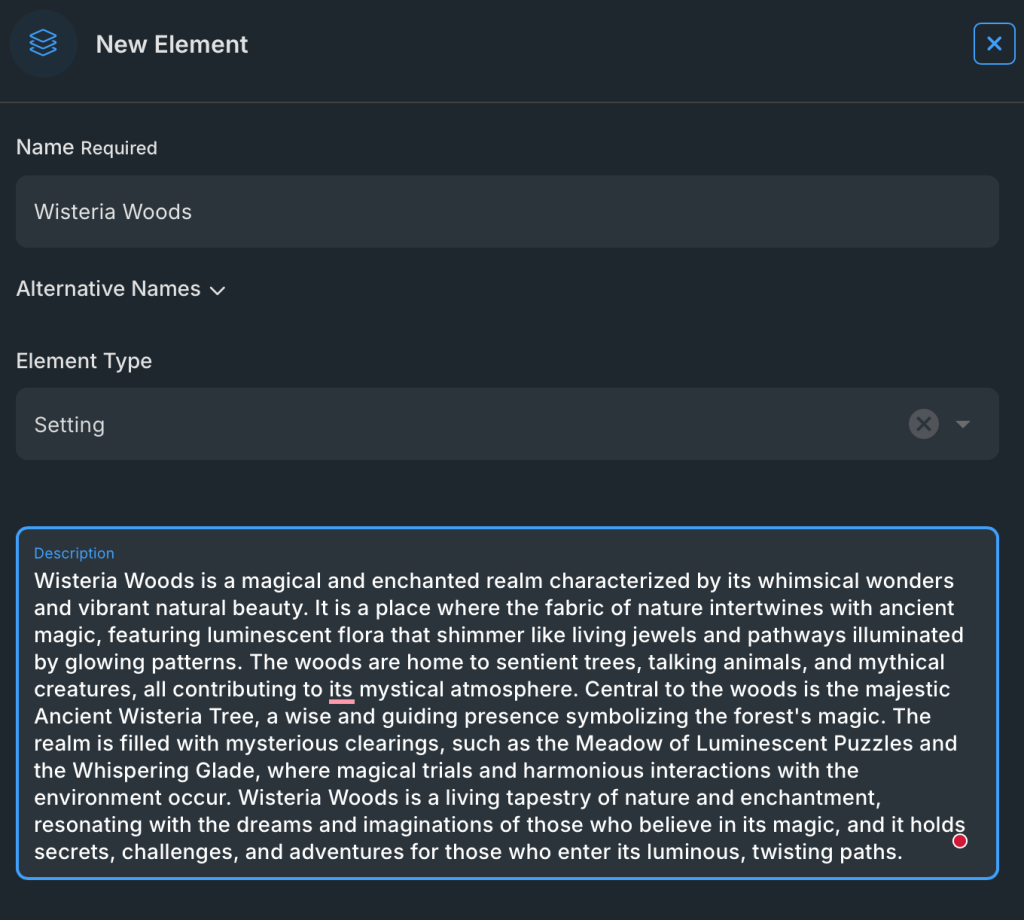How To Write Setting In A Novel – 7 Best Tips

When it comes to writing, we know much of what we need to do, and things like plot, character, and story structure are well covered. While these are important, many writers overlook another crucial element that breathes life into every scene, and that element is setting.
While it might not always grab the spotlight, where you set your story (and how well you describe it) can make a huge difference in the quality of your story. A well-crafted setting will immerse readers, heighten emotion, reveal character, and even subtly drive the plot forward. Conversely, a weak or generic setting can leave a story feeling flat and forgettable.
In this article, we’ll cover everything you need to know about how to write setting in a novel. I’ll cover seven tips to help you judge how well you currently write your setting and show you how to get to the next level in your storytelling. So, without further ado, let’s get started.
Table Of Contents
How To Write Setting In A Novel Or Book
The seven tips below can almost be thought of as a scale from basic to advanced, showing the mistakes common at each “level.” In other words, if you can master all seven tips, your settings will be jumping off the page like characters. So, without further ado, let’s get started.
1. Be Specific, Not Generic
Many beginners use a very general setting, such as “a small southern town” or “a sleazy city,” that doesn’t offer much at all in the way of setting the scene or helping the story. And simply adding details doesn’t usually help because readers often “auto-fill” things based on their own experience. Your goal is to ground your reader in a unique, tangible place, not a stereotype.

To do this, take all the things that are “a given” and mundane, and bring attention to them with specific, unique details. If someone had never been to a “small southern town,” what “normal” things would stand out? Think about what makes this specific place different from every other generic town or city. What is its history, rules, flaws, or features?
2. Use Multiple Senses Beyond Visual
It’s easy to default to describing what characters see. While visual details are great, it’s much more immersive to use all five senses. What sounds are relevant to the environment in a given scene? What does the air smell like, and why? You don’t have to include these details just for the sake of doing it, but you should consider what your characters are experiencing beyond just sight.
To do this, as you write a scene and actively consider how each sense could contribute. The sticky heat, the distant rumble of a train, the metallic tang in the air after a storm, the rough bark of a tree under a character’s hand.
3. Use Sensory Details Strategically
While using multiple senses is crucial, simply listing details can overwhelm the reader and slow the pacing. The aim is not to write a comprehensive description but to use the most impactful and relevant sensory details to enhance a scene, reveal information, or hint at mood.
The best way to do this is to choose details that serve a purpose. Telling the reader that the air is thick with pollution, for example, will hint at several factors about your setting. Each detail should contribute to the atmosphere, a character’s state of mind, or the unfolding plot. In other words, focus on quality over quantity.
4. Don’t Overwhelm The Reader
Related to the previous point, there’s a fine line between helpful description and info-dumping. Too many details, especially upfront, can bog down the narrative and exhaust readers. The goal is to paint a picture without burying the story under excessive words.
Once you’ve started to be more descriptive, be sure to weave the details into the storytelling naturally and gradually. Introduce them as characters, notice them, as they become relevant to the action, or through action itself.
When you do have a lot of descriptions to cover, dilute them rather than lumping them all into one paragraph. Trust the reader’s imagination to fill in the blanks once you’ve provided key anchor points. I suggest you check out the “Be Detailed” section of my article on Writing Advice From Ernest Hemingway, where I cover his famous “Iceberg Method” for being stingy with details.
5. Don’t Be Static – Setting Evolves
It’s important to remember that we’re discussing setting in terms of novels, which are fairly long. So, much like characters, if your setting(s) remain exactly the same from beginning to end, or the characters move to a new setting and it doesn’t matter much, you may not be focusing on them enough.

A well-done setting should evolve with the passage of time, the impact of events, or the changing emotional landscape of the story. This can be small things like how a location might be different at night versus during the day. But also, consider how any major plot points (war, a serial killer on the loose, a zombie outbreak, etc) would change the setting.
6. More Than a Backdrop
If your story could happen anywhere, your setting isn’t working hard enough. The environment should actively influence events, create obstacles, offer solutions, or explain character motivations. In general, where a scene is taking place should be a consideration for how characters are handling the situation at hand.
For example, look at The Shining by Stephen King. The Overlook Hotel is not just where Jack goes mad; it’s actively contributing to his going mad. And the blizzard that hits traps them there without escape. In both cases, King uses the setting to his advantage, and you should too. Brainstorm how your setting can impact the story and make it an active participant in your story, not just furniture.
You May Also Like: How To Write Like Stephen King (And Still Be Unique)
7. The Setting Has A Stand-Alone Feeling
The most memorable settings often feel like characters in themselves. They possess a distinct personality, a unique atmosphere, or a history that means they influences everything within them. Think of “The Shire” from The Lord of the Rings or “The Wall” from A Song of Ice – Not only are they unique and relevant to the plot, they have a personality of their own.

Even if you’re not writing a fantasy novel, explore your setting’s feel. What are its quirks, its dangers, its comforts? What do those things mean for the people who live there? Is there relevant history or folklore? Whenever possible, give your setting as much of a personality as possible. If you can manage to do this, you’ll have a whole new element for readers to appreciate.
Write Better Settings With LivingWriter
LivingWriter is the best writing app of 2025 and can help you write better settings in your novels.
First off, when you create an element in your manuscript (which includes settings and locations), you can view any info about it at a glance. And anytime you type the name of a location, it’s pulled into the story like a link.

Once your settings are in, you have plenty of details and data that make your life as an author trying to make your settings pop off the page much easier. For starters, you can get an AI Analysis of your setting, in the context of your story. This can often be the first step in identifying how well your settings and locations are doing.
If you find that they are underwhelming, you can use the Manuscript Chat features to identify problems and actionable solutions to them, and much more, including questions about the advice I’ve given above. For example, “Does Wisteria Woods contribute to the story beyond just being a backdrop?” Here is the actual answer I received.

The beauty of LivingWriter is that it helps you reach your full potential and do your best writing without doing the work for you. Instead of general advice or doing rewrites for you, these features actually help you identify your strengths and weaknesses and give actionable advice on how to go about improving.
For this reason, LivingWriter is not only an all-in-one, user-friendly writing software, but it’s also a great alternative to Creative Writing Classes for writers looking to hone their skills and write better stories. So, if you’re looking to up your ability to write settings in your novel, get LivingWriter, apply the tips above, and practice!